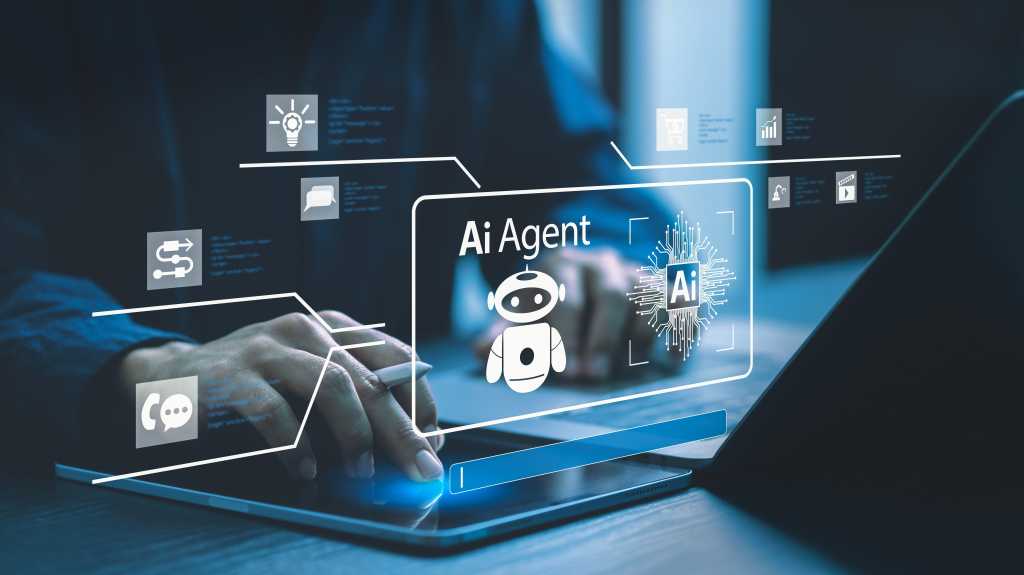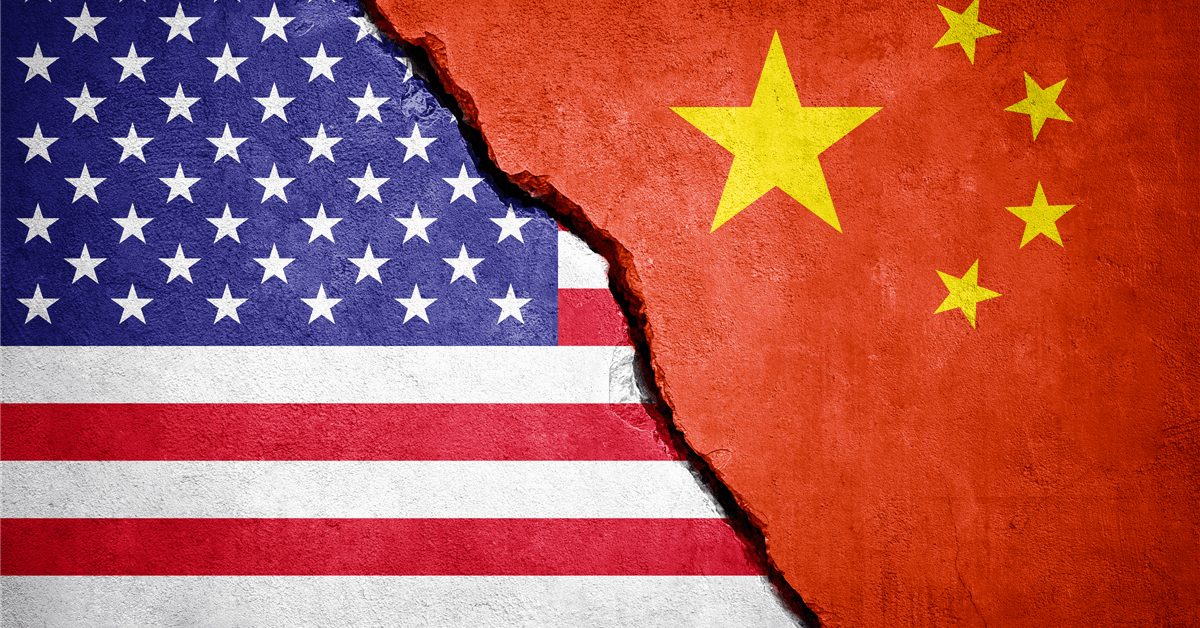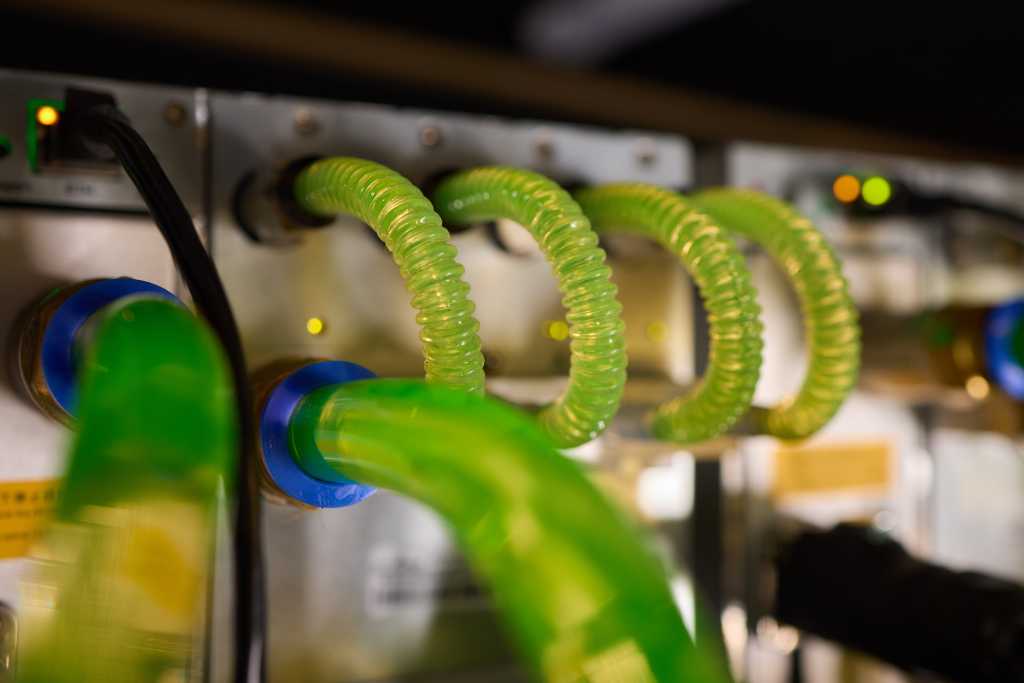
“Many need to integrate mainframe data with the cloud and update applications to meet new security and compliance rules. Providers are using genAI-based code inspection to accelerate the discovery of code changes and modernization of legacy code,” ISG stated.
“GenAI can inspect code and explain how it works, reducing and sometimes eliminating the dependence on senior experts’ knowledge, thus reducing the cost of maintaining legacy applications,” ISG added.
“GenAI has opened new possibilities and elevated clients’ trust in application modernization. Companies facing rising mainframe costs prefer re-platforming their mainframes to the cloud to achieve savings quickly. However, genAI has enhanced reengineering and rewriting processes with rich documentation and extended testing while reducing the time required to complete modernizations,” ISG stated.
Still, not all customers are interested in moving all of their mainframe apps to the cloud, as Kyndryl reported in its own second annual State of Mainframe Modernization Survey last year.
Mainframe modernization can take a few forms—enterprise customers can keep data on the big iron, migrate workloads off, or create a hybrid environment. This year, more respondents reported increases in mainframe usage, while fewer are shifting workloads off of the mainframe, Kyndryl stated.
“In 2024, more respondents confirmed they are focusing on modernizing on the mainframe or integrating with cloud, and fewer are choosing to move workloads off the mainframe as their primary strategy—a five percentage point drop from last year (30% to 25%). Additionally, 53% of respondents saw their usage on the mainframe increasing this year, with 49% saying their mainframe usage will increase again in the next 12 months,” Kyndryl stated.




















